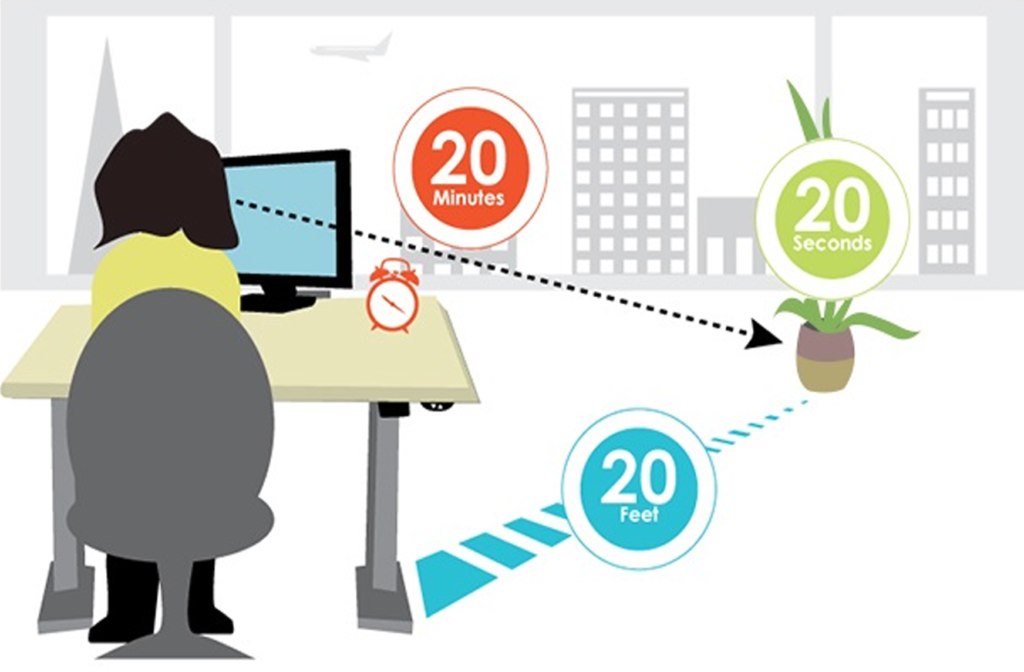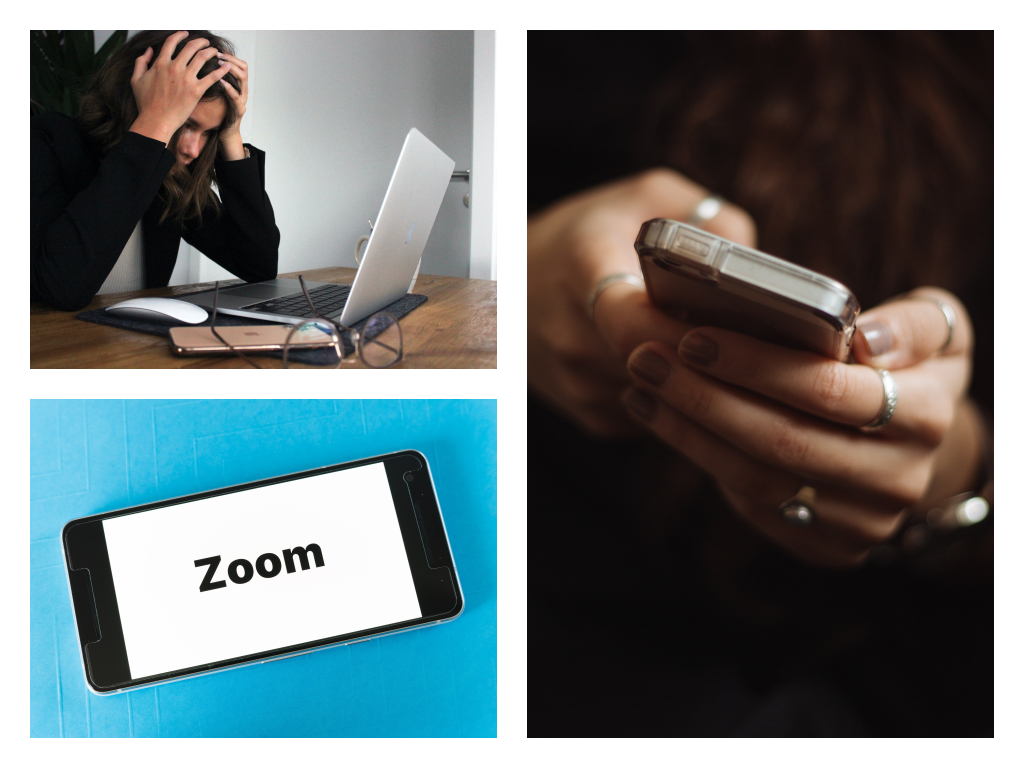Whether you are on your phone, tablet or laptop one of the biproducts of WFH is the increase in screen time. And of course along with that comes with screen fatigue. Do you have it? What is it? How do I combat screen fatigue? All the answers that you need is right here!
With the increase of time spent at home, many are experiencing an increase of time spent in front of screen. Various limitations and lockdowns due to COVID-19 led to less time outdoors and more time in front of smartphones, television screens, laptops, tablets, and computers. Technology has certainly been a helpful by allowing millions of us to continue connect, work, socialize, study and be entertained but we also can’t deny it has some harmful effects as well one being screen fatigue.
What is screen fatigue?
Screen fatigue (also referred to as digital eye strain or computer vision syndrome) is a group of eye and vision problems with symptoms including eyes that are tired, dry, red, itchy, teary, uncomfortable, the experience blurry vision and/or lack of focus, headaches and neck/shoulder pain.
Several factors can bring on screen fatigue including screen lighting, screen glare, posture when using a screen, the angle a screen is viewed at but the most common cause and the one we will focus on today is screen exposure for extended periods of time.
How can you help prevent screen fatigue?
Try out one (or better yet all) of our tips below:
The 20-20-20 technique: Recommended by several Optometrists including the American Academy of Ophthalmology, this easy exercise can be done without even having to move your body! Every twenty minutes focus on something at least 20 feet away for at least 20 seconds.
Set a peaceful alarm sound on your smart phone or a reminder in your calendar to practice this several times throughout the day.

The Sight Soother: Not a formal name but we learned this practice a bit randomly in India, benefit from it and continue to share amongst colleagues, family, and friends. Bring your hands together and rub them to create some heat. Once your hands feel warm, gently bring them over your closed eyes to transfer some heat and create a restful experience for the eyes. Pause here for at least 5 deep breathes – it’s super soothing…we suggest you stop to try it out right now!
Remind yourself to blink often: According to Jessica Lee, Retina Surgeon at New York Eye and Ear Infirmary of Mount Sinai, blinking helps keep our eyes lubricated but when in front of a screen, the amount of time we blink per minute (15-20 times), is reduced by half. This can lead to dry eyes and tired eyes so remind yourself to blink often when in front of a screen — start blinking right now!
Get up and look out of a window: Sounds simple enough but when we get engrossed in our screens, time can fly by and it can be difficult to break away. Set an upbeat alarm sound on your smart phone or a reminder in your calendar to get up and move every 20-45 minutes. It can be a quick stretch with a stroll over to a window for a change of scenery. Fancy views are not required, any view will do for a minute or two.
Be selective on how often you use video calls/conferencing: In a world of Zoom, MS Teams, Facetime, Whatsapp Video and more screen time is how millions of people are staying connected for work, study and play. While it’s certainly helpful to see each other at times, remember just because we can use video features, it doesn’t mean we have Pre-pandemic, not everything conversation was in-person or over video so there’s no reason that we must make being on video for every interaction (especially at work) an expectation.
Go through your scheduled calls and/or meetings each morning and ask yourself “is video for this call really necessary?” You may be surprised at how often it’s not!
- When it’s not, dial-in from a regular phone, put it on speaker or use headphones and look elsewhere (or if you can, go for a “walk and talk”). If you’re using your computer for the call, turn around and face the other way for a screen break – your mic will still pick-up your sound and your eyes will get a break!
- When it is necessary (or you want to use it), turn your self-view off (when we see ourselves in the corner of a screen, we are naturally pulled to look at ourselves and the constant shift between that and looking at whom we are video callings/conferencing with can be draining. Remember when we’re talking in person, we aren’t looking in a mirror the whole time so try not to let the self-consciousness take over – hide that self-view!
Take these tips to heart for a better you!
Main Image Photo Credit: www.unsplash.com
Rachna Sethi
Author
Rachna (@thesassyspiritual) is a graduate of the Applied Mindfulness Meditation program from the University of Toronto, a certified Educator with two bachelor degrees and a diploma in Art Therapy. She's dedicated to living with a compassionate approach. Committed to helping people integrate Mindfuln...














































































































